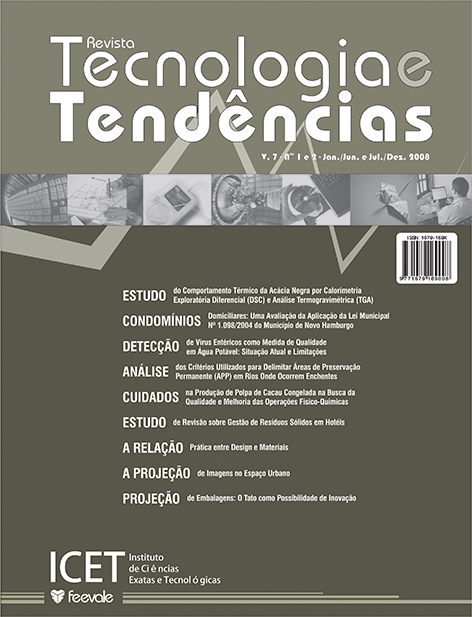Análise dos critérios utilizados para delimitar Áreas de Preservação Permanente (APP) em rios onde ocorrem enchentes
Resumo
À medida que ocorre o aumento da população na superfície da terra e esta se manifesta por melhor qualidade de vida, os recursos naturais sofrem a sobrecarga de atender a demanda crescente de energia e alimentos. Em especial, sobre os recursos hídricos ocorrem pressões cada vez maiores à medida que aumentam seus usos e seu consumo. Para proteger os rios contra o indiscriminado avanço do consumismo, a sociedade estabelece leis que buscam definir a extensão da área de proteção de suas nascentes e seus cursos, antes que ocorra um estado de degradação irreversível. As áreas de Preservação Permanente – APPs, além de impedirem a erosão e o assoreamento dos rios, também criam um ambiente apropriado para a manutenção do volume de água e o desenvolvimento da biodiversidade. No presente trabalho, são analisados alguns problemas de interpretação sobre a localização de uma APP, decorrentes do estado atual da legislação de proteção em rios, e são apresentados alguns critérios que podem ser adotados para auxiliar na definição destas áreas. São discutidas três maneiras diferentes de localização da APP: de acordo com o critério estabelecido pelo Código Florestal Federal; conforme a decisão do Conselho Nacional de Meio Ambiente - CONAMA - e a localização definida de acordo com os critérios propostos pelos autores. Os critérios propostos pelos autores têm por base as cotas máximas de cheias anuais, sistematizadas através da distribuição de Gumbel e aplicadas de acordo com o tempo de retorno previsto para operação da obra a ser licenciada. Através do estudo de caso em um trecho da margem direita do Rio Caí, é feita a aplicação e a comparação dos diferentes resultados obtidos através das três abordagens, para definir a posição da APP em função das cheias que ocorrem no local.Palavras-chave: Área de Preservação Permanente. Cotas de Cheias. Licenciamento Ambiental.
ABSTRACT
As the increase in population occurs and people want better life quality, natural resources suffer the burden of meeting the increasing demand for energy and food. Particularly, the water resources are suffering increasing pressures as people changes habits and increase their consumption. To protect the rivers against excessive consumption, the society establishes laws that seek to define the extent of the area to protect, before a state of irreversible decline is met. The Permanent Preservation Areas - PPAs, besides preventing erosion and silting of rivers, also create an appropriate environment for the maintenance of the volume of water and the development of biodiversity. In this paper some problems of interpretation on the location of PPA are analyzed, arising from the current state of legislation on protection of rivers and some criteria are given that may be used to assist in identifying those areas. Three scenarios are shown to compare the location of PPA, according to the criteria established by the Federal Forestry Code, as the decision of the National Council for the Environment - CONAMA and location defined in accordance to the criteria proposed by the authors. The criteria proposed by the authors are based on the maximum quota of annual floods, systematized through the distribution of Gumbel and applied according to the time of return planned for operation of the work to be licensed. Through the case study in a stretch of the right bank of the Rio Caí is the application and comparison of the different results obtained using three approaches to define the position of the APP according to the floods that occur at the site.
Keywords: Permanent Preservation Area. Dimensions of Floods. Environmental Licensing.
Downloads
Edição
Seção
Licença
• Os autores mantêm os direitos autorais e concedem à revista o direito de primeira publicação com o trabalho licenciado sob a Licença Creative Commons - Attribution 4.0 International (CC BY 4.0).
• Os autores são estimulados a publicar e distribuir seu trabalho online (ex.: em repositórios institucionais ou na sua página pessoal), pois isso pode aumentar o impacto e a citação do trabalho publicado.
--------------------------------------------------------------------------------------------------------------------------------
• The authors retain the copyright and grant the magazine the right of first publication with the work licensed under the Licença Creative Commons - Attribution 4.0 International (CC BY 4.0).
• Authors are encouraged to publish and distribute their work online (eg in institutional repositories or on their personal page), as this may increase the impact and citation of the published work.

